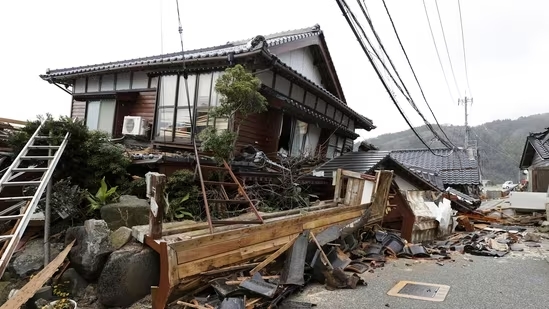In the impacted regions of central and western Japan, the majority of the buildings survived the shocks.
Being the world’s most seismically vulnerable nation, it has made significant technological investments to fortify its infrastructure against seismic activity and create a prompt and effective response system in the event of a disaster. Following each significant earthquake, the mitigating measures are updated.

Source: Hindustan Times
This catastrophe in 1923 prompted the creation of the code for earthquake-resistant construction. The 2011 one, which caused a tsunami and killed over 18,000 people, gave important hints about how to handle the combined effects of the earth trembling and waves smashing inland.
It is obvious that Japan has all it needs to handle the earthquake activity on New Year’s Day. Although roads cracked wide, impeding rescue efforts, and buildings wobbled violently, some almost collapsing, the disturbance was managed effectively.
Source: BBC News
By Tuesday night, rescuers were working against time to extract more survivors of the tragedy as they faced difficulties owing to power outages, disruptions to aircraft, and rail services in the impacted region. Roughly fifty people had been confirmed killed and numerous others injured.
The sports halls and school gymnasiums that serve as emergency evacuation shelters saw the evacuation of about one lakh individuals. India can learn a lot from Japan. Lessons include being ready for an earthquake and having a quick reaction system that includes sending out alerts on time. The most important thing to remember is that earthquake resistance construction bylaws should not be compromised.
What do you think about this? Comment below.

